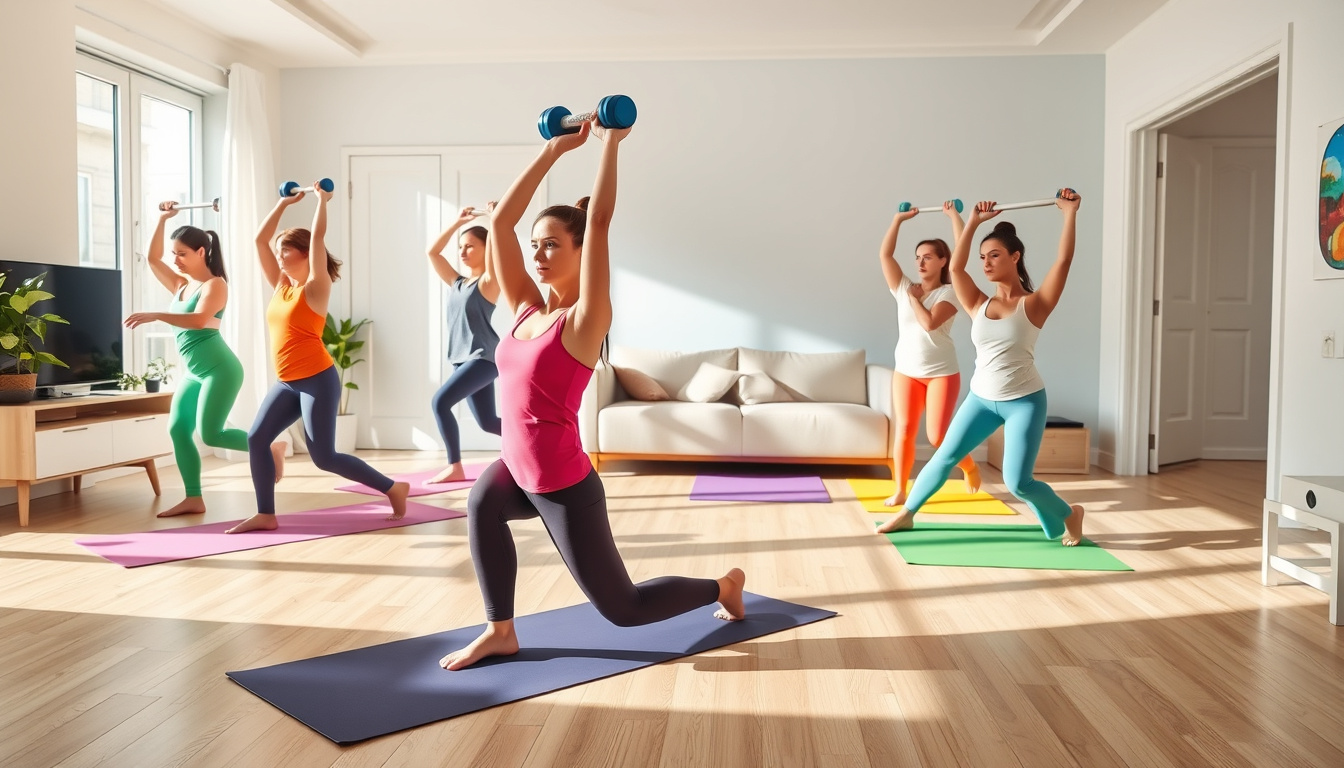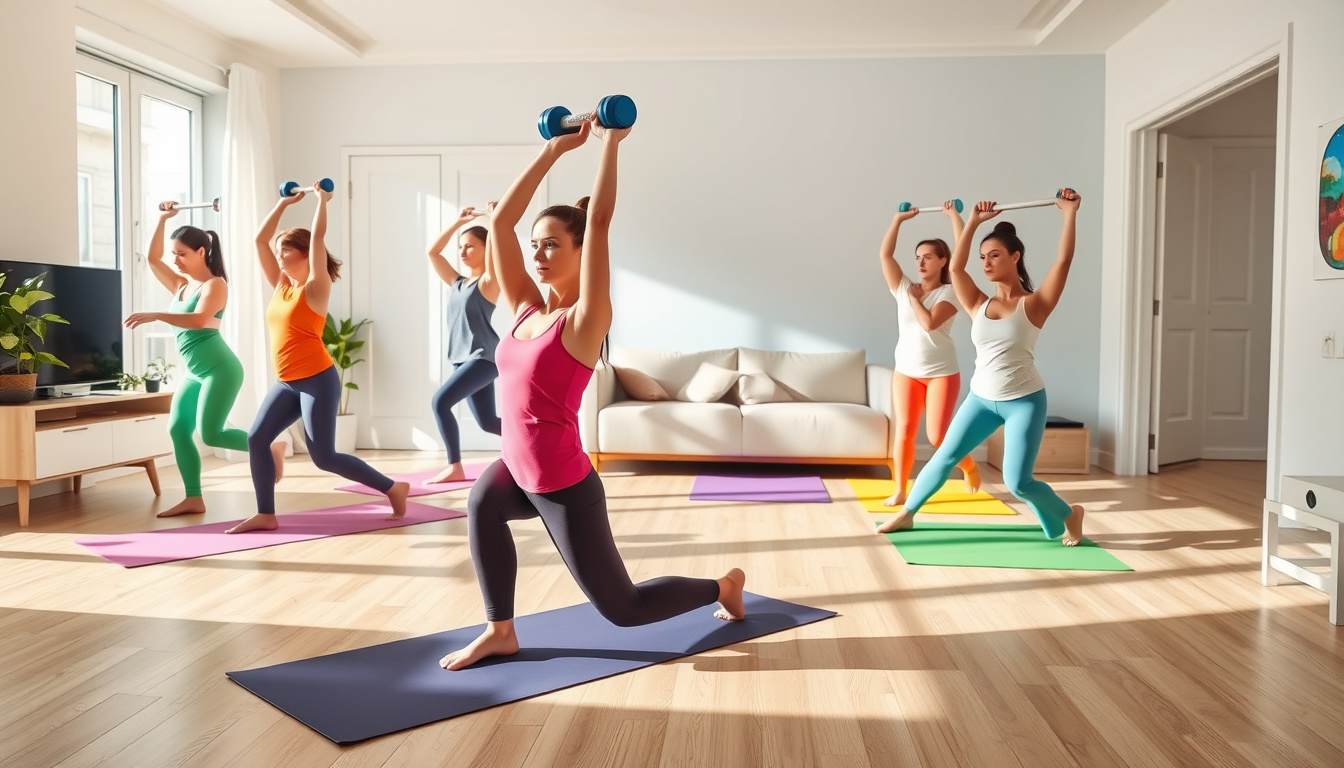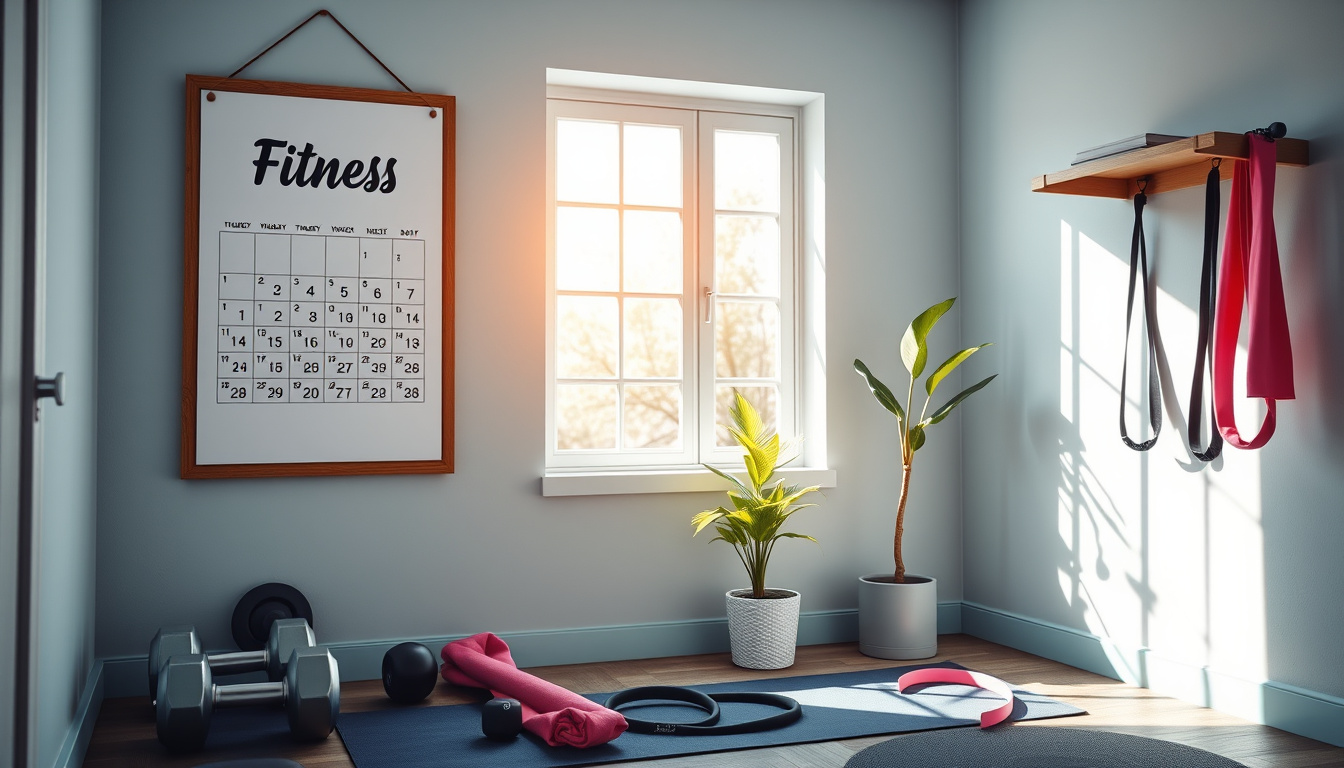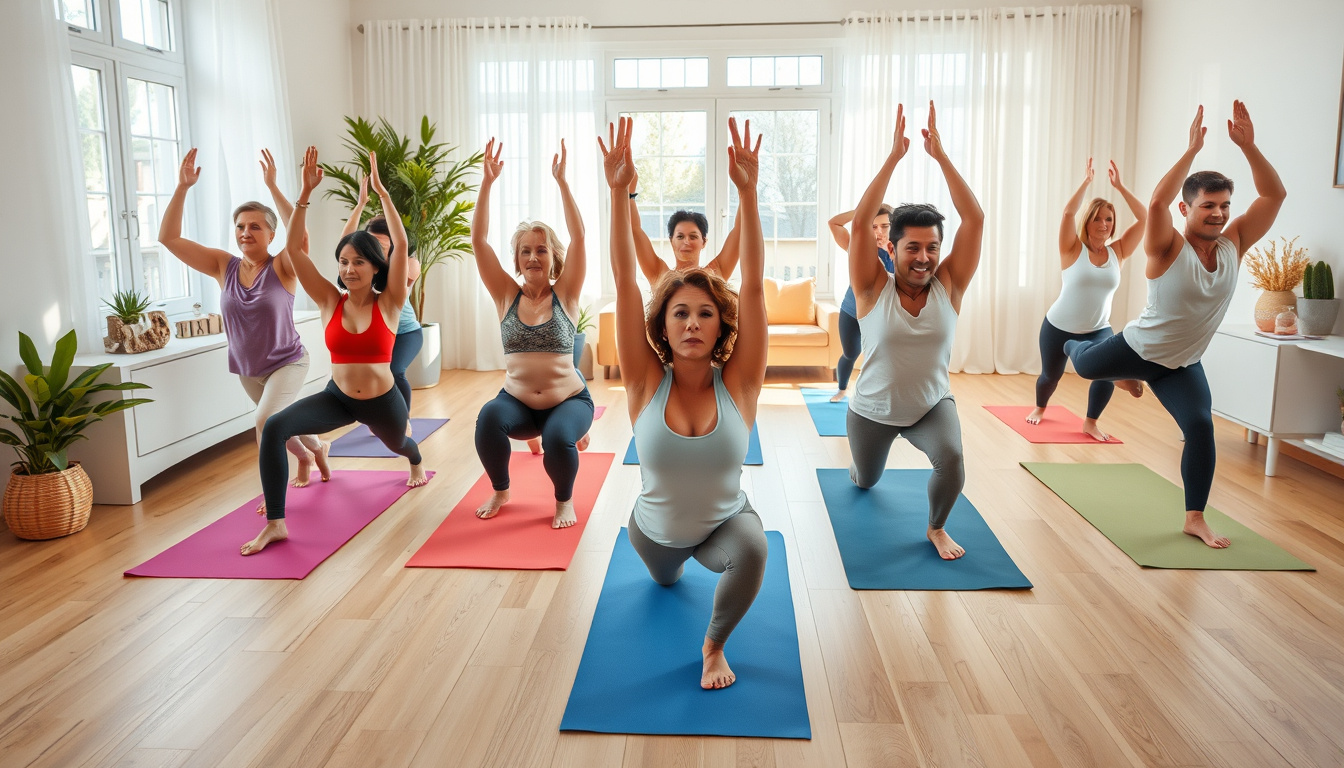In today’s fast-paced world, many people choose to exercise at home. This method comes with benefits like ease, flexibility, and cost savings. However, working out at home can bring a higher chance of injury if you do not take proper care. This article gives key tips to help you avoid harm while you exercise safely.
1. Warm-Up Properly
Before you start your workout, warm up first. A short warm-up lifts your heart rate and sends more blood to your muscles. Try light exercises like jogging in place or stretch the muscles you will use. Skipping your warm-up can lead to injury.
2. Focus on Form over Quantity
To avoid injury at home, keep your form correct. Doing moves with poor form puts extra stress on muscles and joints. If you feel unsure about your technique, use trusted online classes or fitness apps with clear videos. It is better to do fewer moves well than many moves poorly.
3. Use Appropriate Equipment
Pick the right gear for your workout to keep injury risks low. Buy quality items like dumbbells, resistance bands, and yoga mats to support your routine. If you add new gear, learn how to use it by reading guides or watching videos. Make sure your workout space stays clear of clutter and hazards.
4. Listen to Your Body
Stay aware of what your body tells you during exercise. If you feel real pain instead of normal workout strain, stop and check your condition. Ignoring pain can result in sudden injury or long-term harm. Adjust your workout or take a break as needed and know your limits.
5. Set Realistic Goals
Challenging yourself is good, but hard-to-reach goals may risk your safety. Increase the strength of your workout step by step as your body grows stronger. Reachable goals keep you motivated and help you avoid working too hard.
6. Cool Down and Stretch
After you finish exercising, take time to cool down. Slow movements and gentle stretches help your muscles relax and improve flexibility. This practice supports your muscle recovery and can ease soreness while keeping injury risks low.
7. Stay Hydrated
Lack of water can make muscles tired and less able to work well. Drink water before, during, and after your workout so your body stays well hydrated. Keep track of your water intake, especially on hot days or during hard sessions.
8. Consult a Professional
If you are new to exercise or have health issues, meeting a fitness professional can help a lot. Trainers can create a routine that fits your skills and teach you proper moves. They can also suggest changes to lower injury risk based on your fitness and health.
Conclusion
Exercising at home is full of ease and speed, but it can bring injury if you are not careful. By using these tips, you build a safe routine. Keep your moves straight, listen to your body, and ask for help when needed. With a steady plan, you can enjoy the good sides of home workouts while keeping injury risk low. Happy training!




